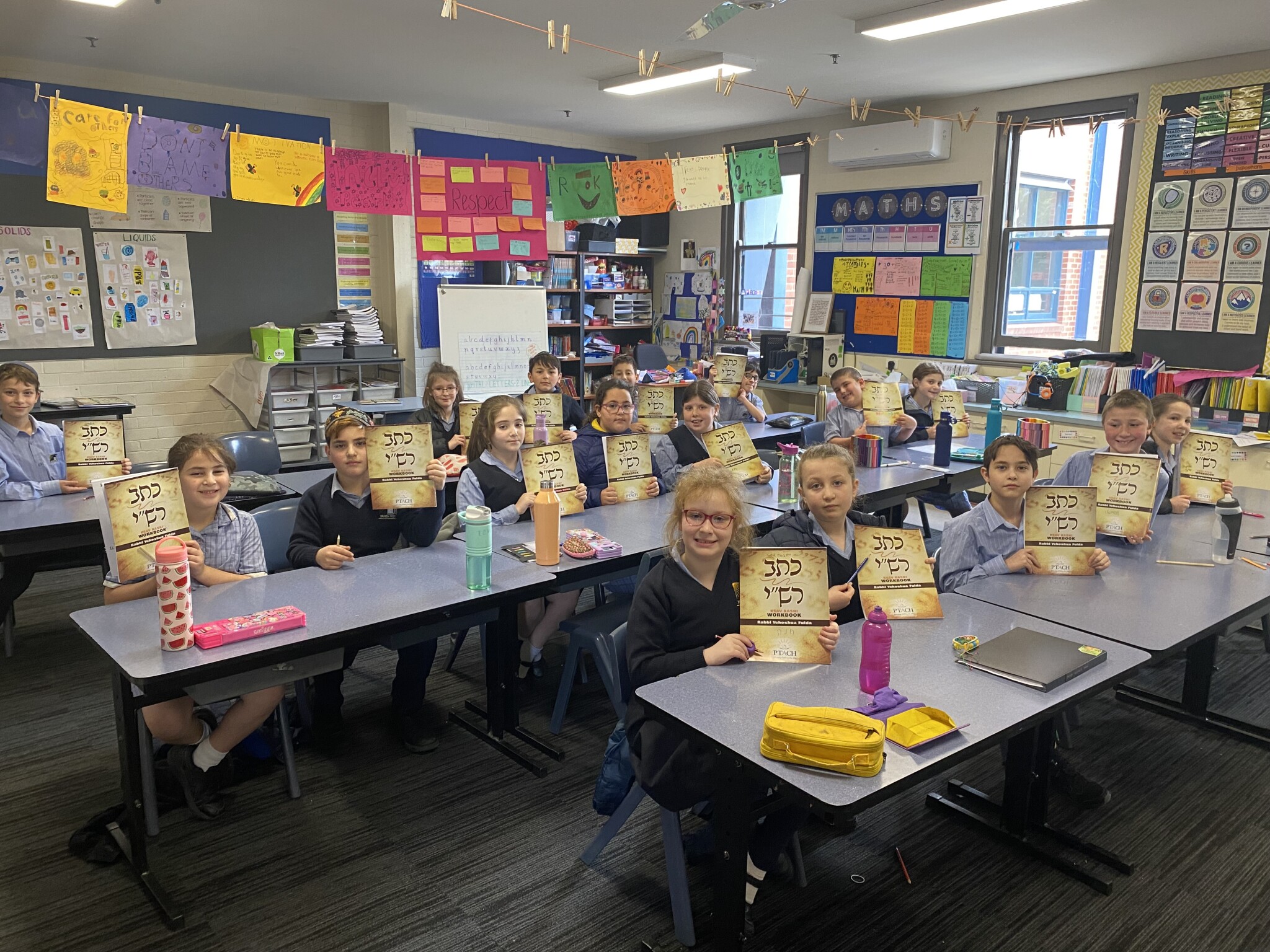
11 Sep Learning Rashi Script by Michelle Sharp, Primary Jewish Studies
Over the past few weeks in Jewish Studies, Year 3 have reached a special milestone in their Torah learning and have been learning about the famous Torah commentator Rashi and how to read his special script in the Chumash.
Rashi is an acronym for Rabenu Shlomo Yitzchaki (1040–1105 CE), our Rabbi Solomon the son of Yitzchak, whose commentary is considered the foremost Torah commentary to this very day. Rashi is said to be a descendant of King David.
Rashi was born in the town of Troyes, France; some people believe he was born in Worms. His father Yitzchak was a great scholar, but very poor. He made a small living from the sale of wine.
A wonderful story is told about the birth of Rashi: His father, Rabbi Yitzchak once found a rare diamond. “Now, there would be no more poverty,” he thought and went to sell the precious stone to the local jeweller. The jeweller didn’t have enough money to pay for such a large diamond and suggested to the bishop to buy it. Now the bishop had been looking for such a diamond for he wanted to put it on his cross. He offered a huge amount of money for it. When Rabbi Yitzchak heard for what purpose the bishop wanted the stone, he refused to sell it. He knew, however, that if he did not sell the stone, it would be taken from him forcibly, and so he threw it into the sea. A Heavenly Voice then resounded: “For this great sacrifice you will be blessed with a son that will outshine all the precious stones in the world, and the light of his Torah will shine for ever.” The following year a son was born to him, and he called him Solomon, saying, may Hashem grant him wisdom like unto King Solomon. Hashem indeed heard his prayers and granted Rashi with exceptional wisdom that would have a profound influence on Torah learning.
Rashi began to write his famous commentary on the Tanach and Talmud at a young age. The Torah was very difficult to understand properly, and the Talmud was even more difficult. Rashi decided to write a commentary in simple language that would make it easy for everyone to learn and understand the Torah. His commentary has the unique ability to both clarify the “simple” meaning of the text in a way that even a young child can understand, but at the same time, provide the crucial foundation upon which most of the other classic commentaries are built.
Rashi’s commentary has literally opened the eyes of all the Torah scholars. No other commentator has gained so much popularity as Rashi. There are very few Chumashim or Gemarot printed without Rashi, and the study of the Torah and Talmud is almost unthinkable without the aid of Rashi’s commentary.
The vast majority of Chumashim are printed together with Rashi’s commentary, which is usually printed in a different script. Rashi, however, never wrote in this script. What is unique about the oldest printed and dated edition of Rashi from the year 1475, shortly after the invention of the printing press, is that the printer created and used a new typeface based on existing Sephardic semi-cursive handwriting. It should be pointed out that except for the letters א ב צ ש, Rashi script is very similar to the conventional fonts used in printing Hebrew and it is not as daunting a skill to master to read as many people think!
The Year 3 students had the opportunity to read an informative article and watch an engaging animated movie about Rashi’s life and contribution to Torah learning. In addition, the students have begun a workbook on his script, including puzzles and activities, as well as have played several rounds of Rashi Bingo! For an extra challenge, the students received their recent weekly Kriah sheet, L’Dovid Hashem Ori, written both in Hebrew as well as Rashi script! The excitement in the air is palpable! May the Year 3 students always embrace their Torah learning with the excitement they now display and may the timeless teachings of Rashi always guide them as they journey through life!




